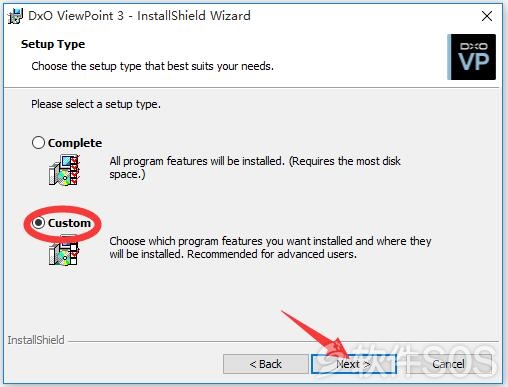
- #Dxo viewpoint file formats manual#
- #Dxo viewpoint file formats pro#
- #Dxo viewpoint file formats iso#
- #Dxo viewpoint file formats plus#
My normal shooting technique with the DxO One: camera held at chest level or below, lens pointed forward, the iPhone display tilted up. The goals here are: don’t drop camera or iPhone don’t cover up the DxO One’s lens and don’t cover up the iPhone’s flash. I do this mainly when I want to use the flash. I didn’t try connecting DxO One to an iPad, but I suspect this might be awkward. The DxO One balances somewhat better with a normal-sized iPhone 5 or 6 than it does with my oversized iPhone 6 Plus. Holding both phone and camera takes a little getting used to. Finally, at the time of this writing, the app doesn’t do burst shooting, take sweep panoramas, or have a time-lapse option. I really wish I could tap to do everything: autofocus, adjust exposure, and snap the picture. You can tap on the screen to indicate where you want to target exposure and focus but after 15 seconds, the app will move the target back to the center. I do have a few complaints about the app.
#Dxo viewpoint file formats pro#
Minimally processed in DxO Optics Pro with a little help from DxO ViewPoint (to straighten the tiles).
#Dxo viewpoint file formats iso#
More controls are available below the ISO and exposure compensation items. Here, the picture looks like it’s going to be a bit dark, but the meter tells me I’m “over-exposing” by 1 1/3 stops (which isn’t overexposure because it’s what I want).
#Dxo viewpoint file formats manual#
In full manual mode, exposure is indicated by the meter. In all the autoexposure modes (PAS, Auto, and the scene modes), the exposure displayed on screen is WYSIWYG. William PorterĭxO One app on iPhone 6 Plus. And thanks to the connectivity provided by your iPhone, the DxO One’s images are automatically geotagged and, if you like, can immediately be shared with friends. It also provides most of the controls found on stand-alone cameras: aperture, shutter speed, ISO, exposure compensation, focus method, exposure method, white balance, flash, capture-file format, timer, etc.
#Dxo viewpoint file formats plus#
It provides the classic shooting modes (program, aperture priority, shutter priority, manual, and full auto) plus a handful of scene modes (sport, portrait, landscape, and nighttime). The visually-appealing and intelligently-designed app is a worthy companion to the camera. Otherwise, every aspect of the camera’s operation-even shutter activation, if you like-is controlled through the DxO One iPhone app. The camera has a physical shutter button and there’s a postage-stamp sized touch-sensitive display on the back that is useful mainly to let you know whether the DxO One is on, off, or asleep. William Porterįlowers by the pool in RV park in Lubbock, Texas. I’d taken the case off my iPhone and was not used to how slippery the naked iPhone really is. I did drop my iPhone 6 Plus while shooting, once, at the start of the testing period. I understand the concern, but after a month of daily use (including frequent shooting while the iPhone was mounted on a tripod and DxO One hung off the side), I found that the Lightning connection, while not goof-proof, is reasonably secure. The DxO One’s Lightning connection was questioned as a weak link by at least one respected early William Porterīack of DxO One showing small status display and door providing access to micro SD card slot and the USB port where you connect the camera to your computer.

View of DxO One with lens cover down and lightning connector extended.


 0 kommentar(er)
0 kommentar(er)
